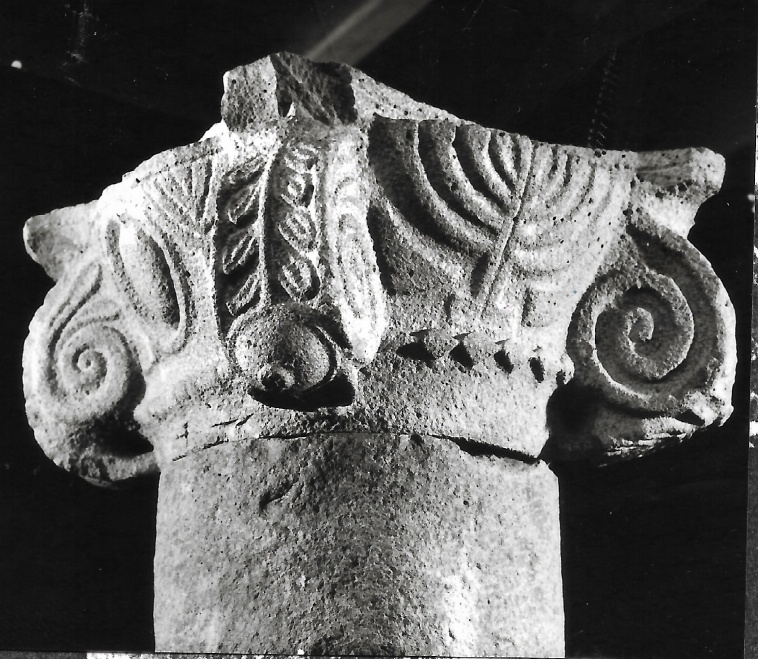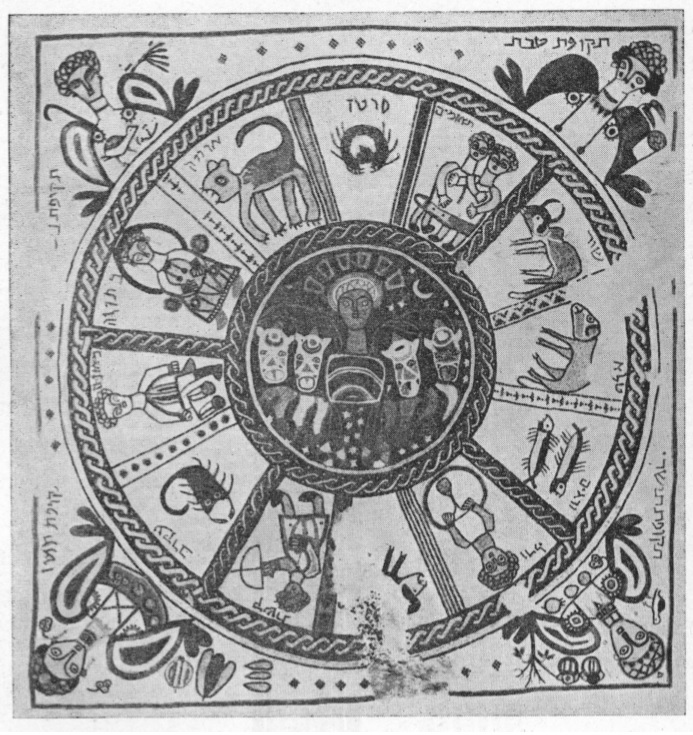The main goal of the The Bornblum Eretz Israel Synagogues website is to display the world of synagogues from the Land of Israel for the scholar, student and layperson. This website was established in 2016, and provides information such as bibliographical references, geographical location, photos, plans and brief descriptions of ancient synagogues from the Roman and Byzantine periods in the Land of Israel. It also presents information on selected historically significant synagogues from the Middle Ages through the beginning of the 20th century. This site will be constantly updated including the latest relevant research news and scholarly works. A search of bibliographical references is currently in preparation.
Public structures in the Land of Israel dating as early as the beginning of the 1st century BCE have been identified by excavators, surveyors and researchers as synagogues. This region contains the largest concentration of identified ancient synagogues in the world. The number of identified ancient synagogues reaches a peak in the Roman and Byzantine periods, mainly from the 3rd through 7th centuries CE, and decreases during the 7th through 10th centuries with the collapse of the Jewish population. From the Middle Ages to the early modern period, the size of the Jewish population in the Land of Israel was relatively limited, and usually perceived as secondary to the major thriving Jewish communities in the diaspora. The relatively few synagogues, which were established and functioned in the Land of Israel during this period, had a significant social and spiritual status. From the beginning of modern times, the number of synagogues serving the different Jewish communities grew gradually to over 500 by 1948, and were diverse in terms of their appearance, social significance and liturgical nature.
We hope that visitors to the website will find it to be a useful tool for the learning, study, and research of synagogues.
We welcome your comments, corrections and suggestions: [email protected]
Project Academic Team: Prof. Chaim Ben David, Prof. Mordechai Aviam and Dr. Mechael Osband
Website Construction: Tzahi Harary. Web Developer: Webtopus
The Bornblum website for the study of ancient synagogues in Israel is regularly updated with new bibliography and recent discoveries and publications regarding ancient synagogues in Israel. Our goal is to present all the ancient synagogues in Israel, whether excavated or not. Here are some general guidelines for understanding the information presented on the website and how it is presented by the academic committee:
a. If the synagogue is excavated: according to the excavator’s publication.
b. If the synagogue is not excavated:
* According to the Israel Antiquities Authority’s archaeological survey website.
* If the site is not listed in the survey, the name will be based on references in Yalkut Ha-Pirsumim.
If you find any errors on any of the synagogue pages, we invite you to contact us.
We are deeply thankful to all those institutions and the many contributors who provided plans and pictures as well as helpful suggestions: Archaeology Department of the Civil Administration in Judea and Samaria, Institute of Archaeology at the Hebrew University of Jerusalem, Israel Antiquities Authority, Israel Exploration Society, Kfar Etzion Field School, University of Puget Sound and Centre College Excavations at Khirbet Qana, B. Arubas, E. Ayalon, D. Bahat, Y. Ben Ephraim, I. Bordowicz, Y. Buchman, H. Cohen, S. Dar, Y. Dray, A. Ganor, Y. Gekht, R. Hachlili, A. Izdarechet, A. Kloner, U. Leibner, L.I. Levine, J. Magness, Z.U. Maoz, E. Meir, E. Meyers, S. Miller, R. Or, A. Ovadiah, R. Porat, D. Raviv, R. Reich, D. Sar Avi, J. Strange, D. Syon, O. Tal, F. Vitto, Z. Weiss, S. Weksler-Bdolah, J. Zangenberg, and B. Zissu.
Most importantly, we thank the Bornblum Foundation for sharing in our vision and providing the generous financial support that made this website possible.
BERT BORNBLUM of blessed memory (1920-2016), a proud Zionist and friend of Israel
Memphis has been blessed with a number of generous and caring philanthropists who have donated their time and financial resources to advance the arts, education and human rights.
Bert Bornblum was one of those sterling individuals. He died at age 96. He left a lasting legacy in terms of his contributions to education. Bert donated millions toward numerous education efforts in Memphis. His donations helped build the Bornblum Solomon Schechter School, including setting up an endowment that means every student at that school will receive a healthy gift to offset tuition.
Bert and his late brother, David, founded the Judaic studies program at the University of Memphis. They donated to LeMoyne-Owen College as well as Southwest Tennessee Community College. The STCC Macon Cove Campus’ library is named after Bert Bornblum.

Bert’s generosity and vision extended beyond the established chair. He provided scholarships annually to students of the Land of Israel Studies Department, who along with studying toward their degree, trained to become licensed Israeli tour guides.
In 2015 a new campus for the Land of Israel Studies Department, which included the renovation of a historic and important Ottoman period train station, was named in Bert’s honor.
Unfortunately, due to his health, Bert was unable to visit Israel in his last years. The Executive Director of the Bornblum foundation, Alvin Gordon, and his son Baruch, the representative of the Foundation in Israel, informed Bert of the developments and activities at the Land of Israel Studies Department both from the Chair and from other donations.
